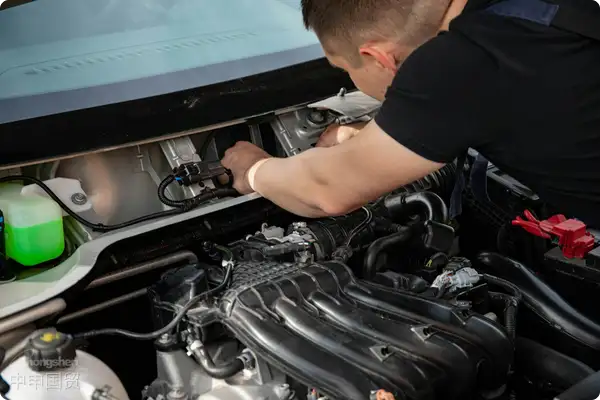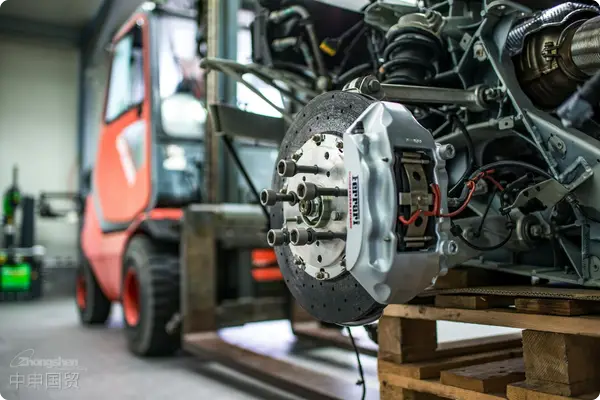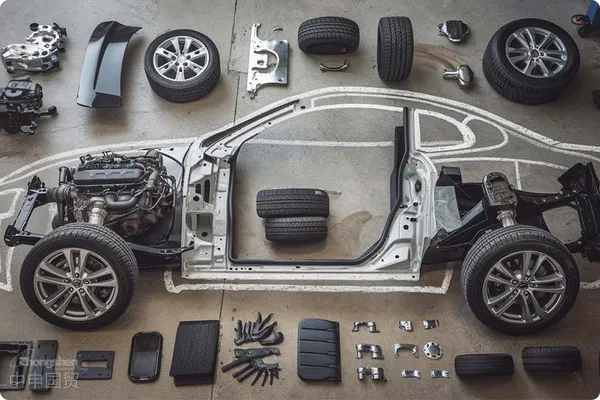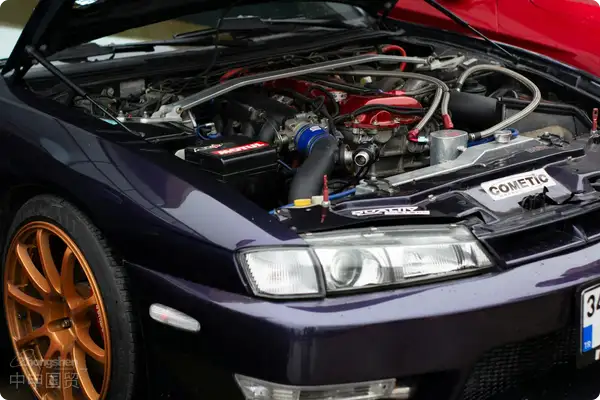- Shanghai Zhongshen International Trade Co., Ltd. - Two decades of trade agency expertise.
- Service Hotline: 139 1787 2118
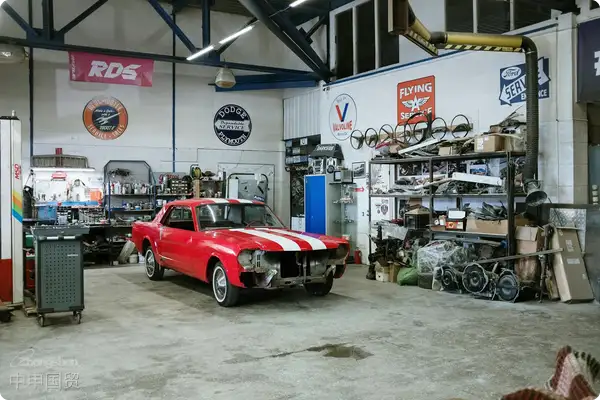
In 2023, the import value of Chinese auto parts exceeded $48 billion, with engine - related accessories accounting for 18%. InNew energya market environment with an auto penetration rate of over 35%, as a core sealing part of internal combustion engines and hybrid systems, the import of engine gaskets shows obvious structural characteristics: the import volume of traditional copper - based gaskets decreases by 8% annually, while the import demand for graphene - composite gaskets surges by 42%. As a professionalImport Representationorganization that has served leading enterprises such as Bosch and Weichai, we have summarized three core service dimensions.
I. Three - dimensional verification system for product compliance management
(Key data: In 2022, 32% of customs classification dispute cases involvedAutomotive partsTrade dispute settlement mechanisms
Internationally - recognized Safety Standardsthe dual classification method of material and function
- Case analysis: The nano - ceramic gaskets imported by a German company were seized for being declared as asbestos products (HS 68129900). After re - testing, they were confirmed to be ceramic seals (HS 69091100), with a tariff difference of 9%
- Solution: Implement dual - track verification of material spectral analysis + function testing, and establish a pre - classification database
Regional Mandatory CertificationsDynamic certification monitoring mechanism
- New EU regulations: Implement the ECE R118 fire protection certification (flame spread speed < 100mm/min) from 2024
- US EPA update: Fluoroelastomer (FKM) gaskets need to submit a VOCs release report
- Response strategy: Establish a global certification dynamic tracking system and issue a 6 - month early warning of standard changes
II. Golden section model for logistics cost optimization
(Empirical data: The optimization plan reduces the comprehensive cost by an average of 17.3%)
Internationally - recognized Safety StandardsCalculation of the economic critical point of the transportation plan
| Value range of goods | Optimal transportation method | Cost - sensitive factor |
|---|---|---|
| < $50,000 | Air Transportation+ Bonded warehousing | Capital turnover rate > transportation rate |
| > $200,000 | Full - container load transportation + futures exchange rate locking | Exchange rate fluctuation >Maritime TransportationCycle |
Regional Mandatory CertificationsResponse plan for special situations
- Handling of over - sized parts: For marine gaskets with a diameter > 2m, use a flat - rack container + three - dimensional lashing plan
- Temperature - controlled transportation: Silicone gaskets implement the ISO 1496 - 2 standard, and the whole process is monitored by a temperature recorder
III. Five - level firewall for supply chain risk management
(Risk case: A Japanese company had $2 million worth of gaskets stranded at Osaka Port due to the bankruptcy of its supplier)
Internationally - recognized Safety StandardsDynamic assessment of supplier creditworthiness
- Financial indicators: Current ratio > 1.5, Quick ratio > 1.2
- Production capacity: Verify factorys actual output via Google Earth Pro
Regional Mandatory CertificationsForce majeure response agreement
- War surcharge: Cover six major maritime choke points such as the Strait of Hormuz
- Alternative plan library: Pre - approve 3 alternative suppliers certified by TUV
Cultural and Religious NormsQuality dispute handling process
- On - site inspection within 48 hours of arrival at the port (refer to ASTM F104 - 03 standard)
- SGS third - party inspection dispute settlement clause
Related Recommendations
? 2025. All Rights Reserved. Shanghai ICP No. 2023007705-2  PSB Record: Shanghai No.31011502009912
PSB Record: Shanghai No.31011502009912
